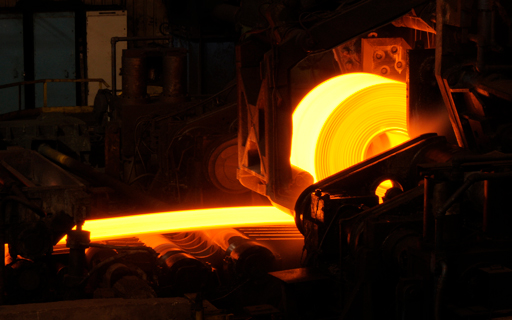Green Hydrogen: Transforming India's Steel Sector Towards Sustainability
Key Ideas
- India plays a critical role in the global steel supply chain due to economic growth and government incentives, becoming the second-largest steel producer globally.
- The steel industry faces pressure to adopt greener production methods as it contributes significantly to global carbon dioxide emissions.
- Green hydrogen, produced through renewable energy sources, is highlighted as a transformative energy source to reduce carbon intensity in steel production.
- The Indian steel sector is actively moving towards green steel initiatives, with Tata Steel leading efforts to reduce carbon emissions and adopt sustainable practices.
In 2025, India's steel sector plays a pivotal role in the global supply chain, driven by rapid economic growth, government incentives, and infrastructure investments. Despite its significant growth, the industry faces challenges related to sustainability and climate impact. The steel sector is a major contributor to global carbon dioxide emissions, prompting the need for cleaner and sustainable energy solutions. Green hydrogen emerges as a revolutionary source of energy, produced through renewable sources like solar and wind, offering a carbon-neutral alternative to fossil fuels.
The article emphasizes India's potential to lead the clean energy revolution with abundant renewable resources, particularly in steel production. The steel industry in India acknowledges the dual challenge of reducing carbon footprint while maintaining production efficiency. Green hydrogen is seen as a game-changing solution to significantly reduce carbon emissions in steel production, with the Ministry of Steel setting decarbonization targets for the sector.
The Indian steel sector comprises both integrated producers with advanced technologies and smaller enterprises using traditional methods, impacting emissions and energy use. Green steel production, facilitated by green hydrogen, aims to enhance environmental sustainability and reduce the sector's carbon footprint. Tata Steel stands out for its initiatives in developing green steel, including investments in low-carbon plants and exploring sustainable practices.
While the industry experiences growth driven by domestic demand and investments, challenges such as raw material security and sustainability persist. Strengthening global partnerships and focusing on technological advancements are crucial for the sector's sustainable development. Investors are advised to consider sustainable and profitable businesses in the steel sector for long-term investments.
